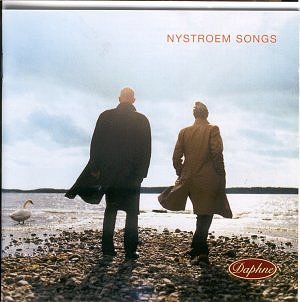 Composer: Arturo Toscanini
Composer: Arturo Toscanini
Works: Overture from Gluck’s Orpheus ed Euridice, Prelude to Act 1 and Prelude to Act 3 from Verdi’s La Traviata, Overture from Rossini’s The Barber of Seville, Overture from Rossini’s The Italian Girl in Algiers, Overture from Rossini’s Semiramide
Performers: Philharmonic Symphony Orchestra of New York
Recording: Recorded in 1929 and 1936
Label: Naxos
Arturo Toscanini, one of the most revered conductors of the 20th century, is synonymous with the operatic canon, known for his dynamic interpretations and meticulous attention to the orchestral texture. This compilation of overtures, spanning works from Gluck, Verdi, and Rossini, illuminates his artistry while offering listeners a snapshot of operatic performance from the late 1920s and mid-1930s. The historical context of these recordings is crucial; they not only reflect Toscanini’s artistry but also serve as a testament to the orchestral practices of the period, revealing the evolution of interpretation and sound.
The performances on this Naxos release exhibit a remarkable vitality, particularly in the overture from Gluck’s Orpheus ed Euridice. Here, Toscanini’s interpretation stands out with its brisk tempo and vibrant orchestral color. The Dance of the Blessed Spirits showcases the delicate interplay between strings and woodwinds, where Toscanini’s deft conducting elicits a shimmering soundscape that captures the ethereal essence of the scene. The lushness of the strings, despite the limitations of recording technology, resonates with a clarity that is both enchanting and historically significant.
In the case of Verdi’s La Traviata prelude, Toscanini’s approach is imbued with a deep understanding of the opera’s emotional undercurrents. The Prelude to Act 1 unfolds with a poignant lyricism, the strings articulating the yearning that encapsulates Violetta’s character. Toscanini’s nuanced use of rubato reflects a sensitivity that is often overshadowed in modern interpretations, inviting listeners to appreciate the historical style of performance prevalent in the early 20th century. By contrast, the Prelude to Act 3 is imbued with a more dramatic intensity, showcasing the conductor’s ability to navigate contrasting emotional landscapes with finesse.
The performances of Rossini’s overtures, particularly the Barber of Seville and The Italian Girl in Algiers, reveal Toscanini’s mastery of orchestral dynamics. The Barber overture, recorded in 1936, bursts forth with a vivacity that seems to transcend its age. The crisp articulation of the strings and the playful exchanges between the sections demonstrate a precision that is often sought but rarely achieved. Comparatively, the earlier recording of the Italian Girl in Algiers reflects a slightly more restrained interpretation, yet it retains a buoyancy that is quintessentially Rossinian.
Technically, the recordings benefit from the meticulous work of Mark Obert-Thorn, whose remastering efforts have preserved the historical integrity while enhancing the listening experience. The subtle hiss that accompanies these recordings serves as a reminder of their age, yet it does not detract from the vibrant orchestral sound. Obert-Thorn’s moderate interventionist approach allows the listener to engage with the recordings authentically, appreciating the nuances of Toscanini’s interpretations without the modern distractions of overly polished production.
Arturo Toscanini’s legacy as a conductor of operatic works is undeniably profound, and this collection serves as a valuable resource for both enthusiasts and newcomers alike. It highlights the interpretative choices that defined his career, illustrating how his artistry brought operatic overtures to life with an immediacy that remains captivating. The technical aspects of the performances, alongside the quality of the remastering, ensure that this compilation is not only a historical document but also a compelling auditory experience. The beauty of Toscanini’s interpretations continues to resonate, reminding us of the profound artistry that shaped the operatic landscape of the early 20th century.



